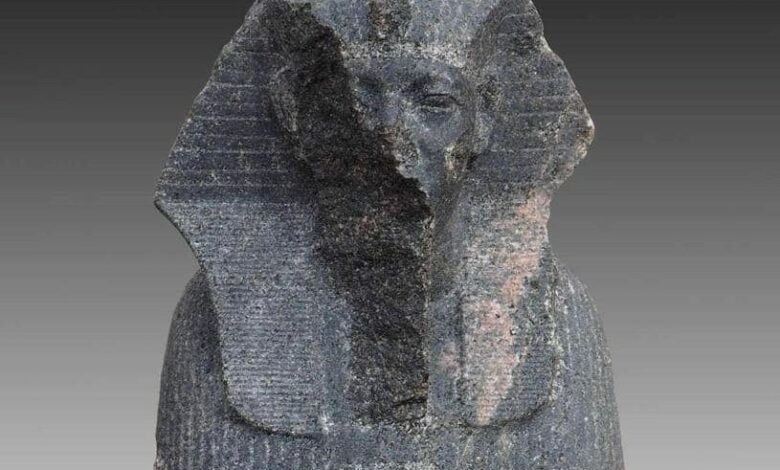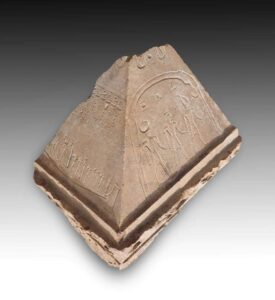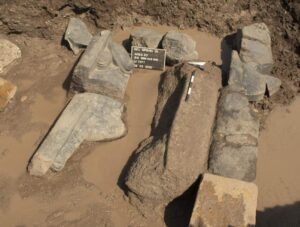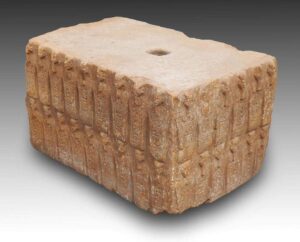
The joint Egyptian-German archaeological mission working in Matariya (Heliopolis) succeeded in discovering granite stone blocks from the era of King Khufu in the Temple of the Sun, in addition to the foundations of the temple’s courtyard, which dates back to the era of the New Kingdom, and some statues and altars.
The mission continues its excavations on the western side of the open museum around the obelisk of King Senusret I in Mataria.
The Secretary-General of the Supreme Council of Antiquities, Mostafa Waziri, stressed the importance of this discovery, as it is the first time that antiquities from the reign of King Khufu be discovered in the Heliopolis area, which may have been parts of an unknown building or may have been transferred from the Giza pyramids area to be used as building materials in the Ramesside era, a period in which the use of stones from the oldest historical buildings became common.

Head of the Egyptian Antiquities Sector at the Supreme Council of Antiquities and head of the mission from the Egyptian side, Ayman Ashmawy, said that the mission also succeeded in revealing some evidence of the early existence of this area, as many archaeological layers were discovered dating back to the era of the Zero Dynasty (Naqada III period).

The mission also found layers of rubble pottery, which indicates religious and ritual activity in the third millennium BC at the site, as well as evidence indicating a large presence during the third and fourth dynasties, where the mission found a piece of granite of King Pepi I (2280 BC) with an inscription of Horus.
Ashmawy pointed out that the mission will continue its excavations to reveal more.

He pointed out that the base of a statue of King Amasis (Ahmose II) was also revealed, in addition to many altars from the late period on which sacrifices were made from the late period, and many parts of the statues in the form of the Sphinx, which are evidence of the use and royal presence in the temple.
Dietrich Rau, head of the mission from the German side, said that the mission also succeeded in uncovering parts of the sarcophagi and altars from the era of Kings Amenemhat IV, Sobekhotep IV, Ay, Seti I, Osorkon I, Takelot I, and Psamtik I, in addition to revealing a sculptural model of quartz In the form of the Sphinx of King Amenhotep II and the base of a colossal monkey statue of pink granite of a baboon.




